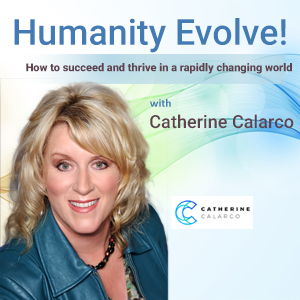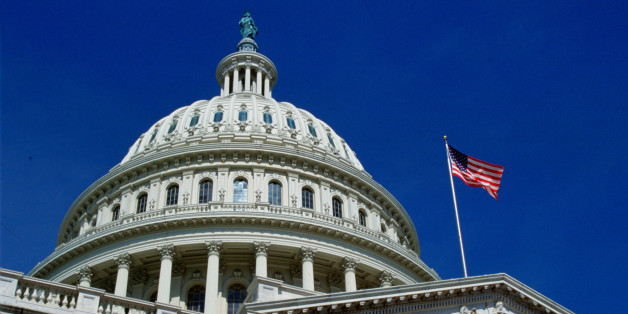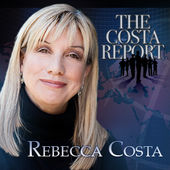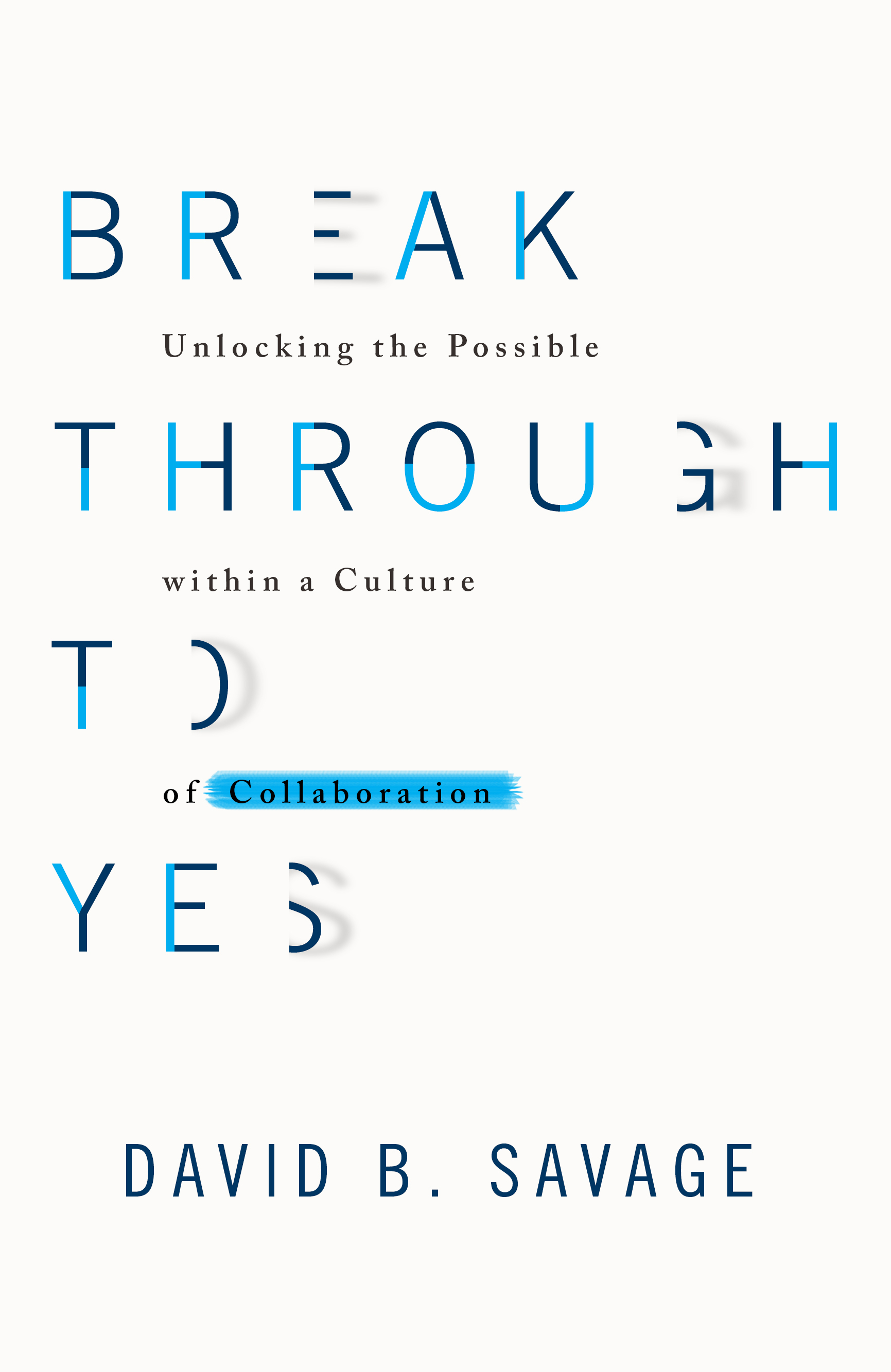Review: Turn Every Page – The Adventures of Robert Caro and Robert Gottlieb * A Wonderful Story About Two Of The Most Important People In Our Literary Community
Follows the iconic Pulitzer Prize-winning author Robert Caro and his editor, the literary giant...
Read More







